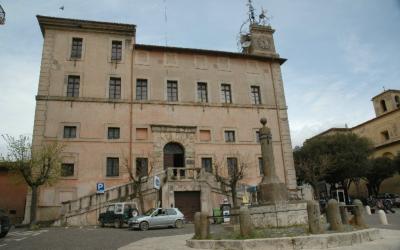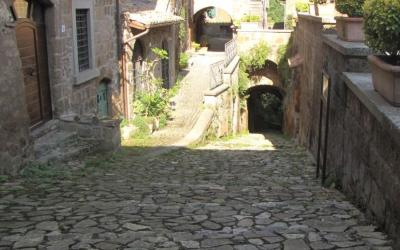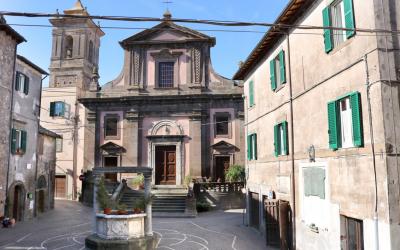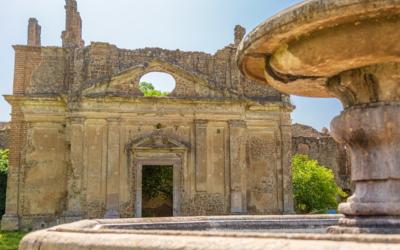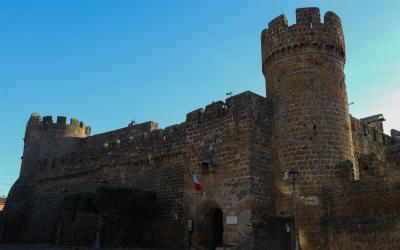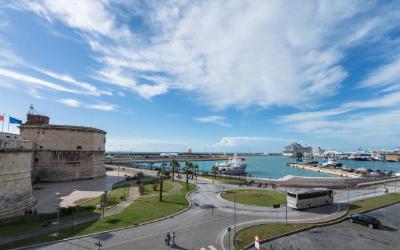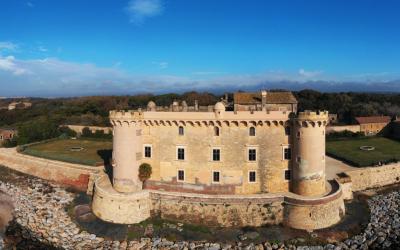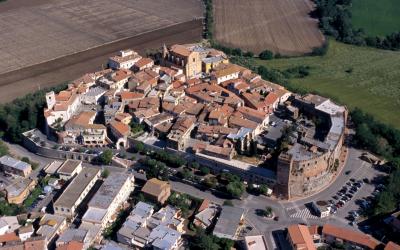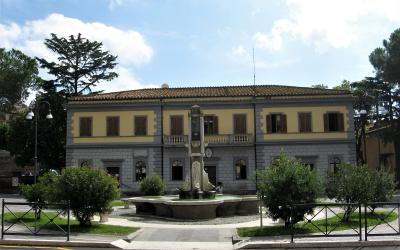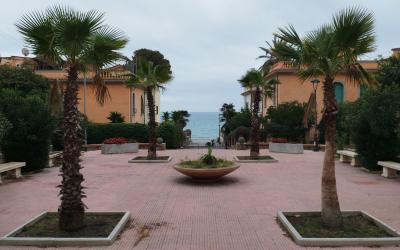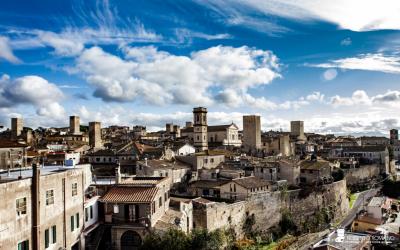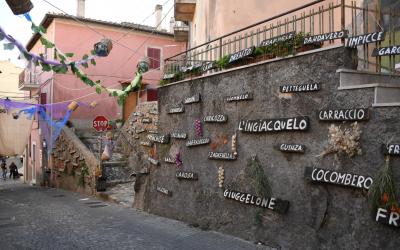Monte Romano between nature, culture and history
A few kilometres from the Tarquin coastline and the Viterbo hinterland, lies Monte Romano, a small village with a seventeenth-eighteenth century appearance set in an environment of richness and beauty.
The development of the village took place around a road (today's Aurelia bis) in a valley at the foot of the Rotonda, a hill with an unmistakable appearance on the landscape due to its summit formed by centuries-old oaks arranged in a crown.
HISTORICAL NOTES
In 1456, the Monte Romano and Rocca Respampani estates began to be administered by the Ospedale del Santo Spirito in Sassia in Rome, which promoted both agricultural and residential development, the latter around some pre-existing buildings such as an inn, the Fontana dell'Oste, and a small chapel dedicated to the Madonna, which in the early 17th century was extended to form the Chiesa dell'Addolorata (consecrated in 1615).
A large Agucchi Granary (1602) was built as a place to store grain in times of famine and to attract the population to the area, the Ospedale del Santo Spirito directly undertook to support the construction of a bakery, a slaughterhouse, a "pizzicheria" and all the shops necessary to make the town self-sufficient; the population grew and new residential quarters were needed, such as the complex of Castello Alessandro and Montecavallo, so called because it straddled the Monte della Rotonda.
With the following century, the urban structure of the town was better defined, with new architectural elements: in 1737, the Prisons were now completed, later enhanced by the construction of the Clock Tower (1767) designed by Antonio Cavalletti; in 1770 we witness the construction of the monumental fountain, the Fontana del Mascherone, a new connection and embellishment between via di Montecavallo and Chiesa di S. Spirito, the latter being built in 1765, based on a project by the architect Pietro Sardi who was also in charge of building the two lateral Casini headquarters of the administrators of Santo Spirito; on the other side of the road, Borgo Calinowas created (commissioned by Commendatore Ludovico Calini), a long building with shops on the ground floor and houses in the upper area.
The last building phase took place between 1787 and 1810 when the houses in line with the Carceri complex and the buildings in front of the Chiesa Vecchia were built.

